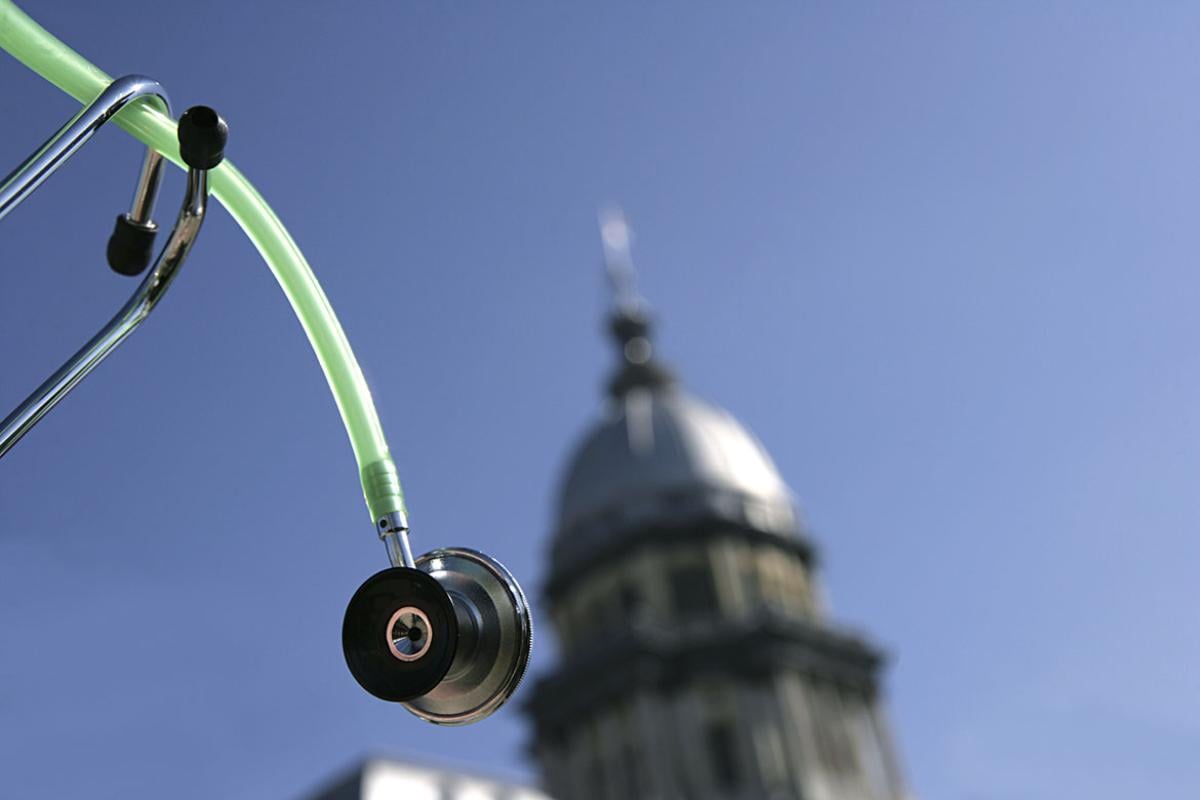Physicians are writing nearly 40% fewer opioid prescriptions than they were five years ago, but use of illicitly manufactured versions of these drugs has surged and the overdose rate has increased by about 10%, according to research cited in an AMA Board of Trustees report.
One of the biggest challenges to ending the nation’s drug overdose epidemic? Most patients still are unable to receive evidence-based care for a substance-use disorder, according to the report adopted at the November 2020 AMA Special Meeting.
“The changing landscape of this epidemic poses challenges for our health system, which must prioritize access to evidence-based care for patients with substance use disorder,” said AMA Trustee Thomas J. Madejski, MD. “We cannot lose sight of the fact that our nation’s drug overdose epidemic is killing more than 70,000 Americans each year, which is why the AMA will continue to call on stakeholders to help eliminate barriers to evidence-based treatment.”
More than “90% of those 12 and older with an illicit drug use disorder did not receive treatment,” says the report. “The number of drug overdoses will continue to rise unless more is done to help the more than two million Americans with an untreated substance use disorder.”
AMA advocacy has been “substantial and multipronged,” including focusing on removing barriers to evidence-based care and encouraging more physicians to become trained to provide buprenorphine in their offices to help treat opioid use disorder.
Delegates further directed the AMA to advocate for:
- The expansion of federal grants in support of treatment for a substance-use disorder to states that are conditioned on that state’s adoption of law or regulation that prohibit drug courts, recovery homes, sober houses, correctional settings and other similar programs from denying entry or ongoing care if a patient is receiving medication for an opioid use disorder or other chronic medical condition.
- Sustained funding to states in support of evidence-based treatment for patients with a substance use disorder and/or co-occurring mental disorder, such as that put forward by the American Society of Addiction Medicine, American Academy of Addiction Psychiatry, American Psychiatric Association, American Academy of Child and Adolescent Psychiatry and other professional medical organizations.
Treatment and primary care
In a separate Board of Trustees report, the AMA calls for further support for primary care services and methadone maintenance therapy (MMT). This includes continued support for clinical research and other evidence to guide safe clinical practice, as well as removing barriers and increasing access to evidence-based care.
“The AMA does not see the value in debating the specific mechanism by which physicians can do this effectively so long as they do so safely and in accordance with the best clinical practice and medical evidence. This approach will help remove stigma and increase access to MMT and primary care,” the report says.
The AMA adopted new policy to:
- Research current best practices and support pilot programs and other evidence-based efforts to expand and integrate primary care services for patients receiving MMT.
- Support further research to help define the population of patients who may be safely treated with methadone maintenance treatment via office-based treatment, including primary care.
Delegates also directed the AMA to “urge all payers, including health insurance companies, pharmacy benefit management companies and state and federal agencies to reduce prior authorization and other administrative burdens and to enhance the provision of primary care, counseling and other medically necessary services for patients being treated with methadone maintenance treatment.”



